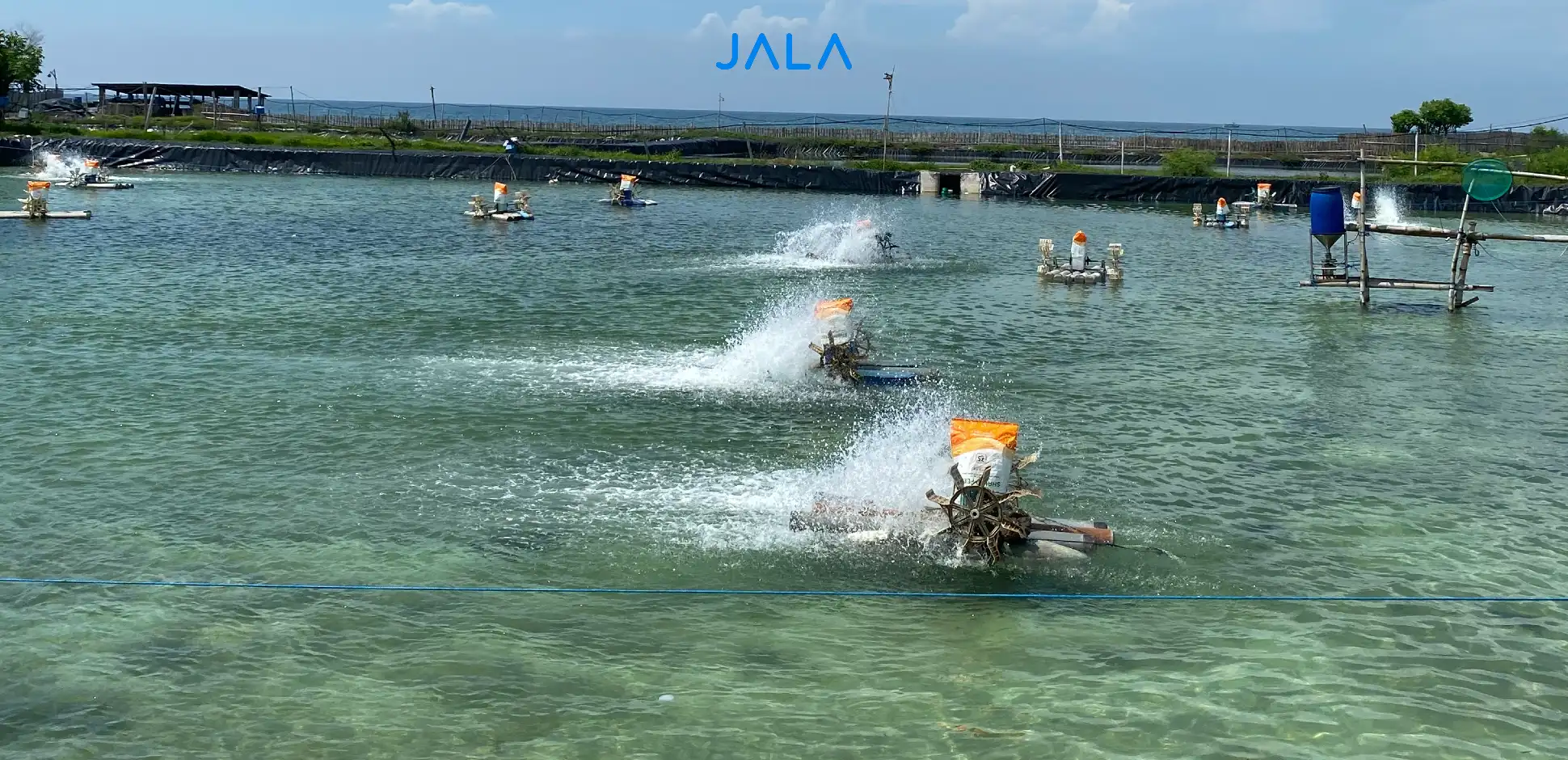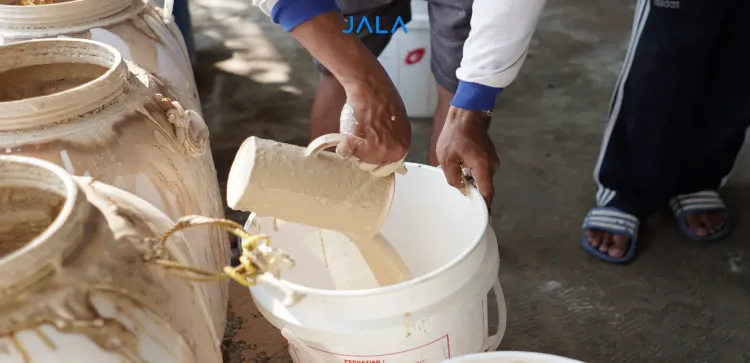
Shrimp cultivation heavily relies on the presence of planktons in pond water. Planktons play a crucial role throughout shrimp cultivation, as they serve as a natural feed source for shrimp as well as a buffer for sunlight intensity. One of the ways farmers can ensure the growth of planktons in their shrimp farm is by using fertilizers. What are the types of fertilizers to grow planktons in shrimp farms? Check out the full explanation in this article!
Contents
Related ArticlesLogin to Read the Full Article
Use your Jala account to read this article. If you don't have an account, please register on Jala App.





